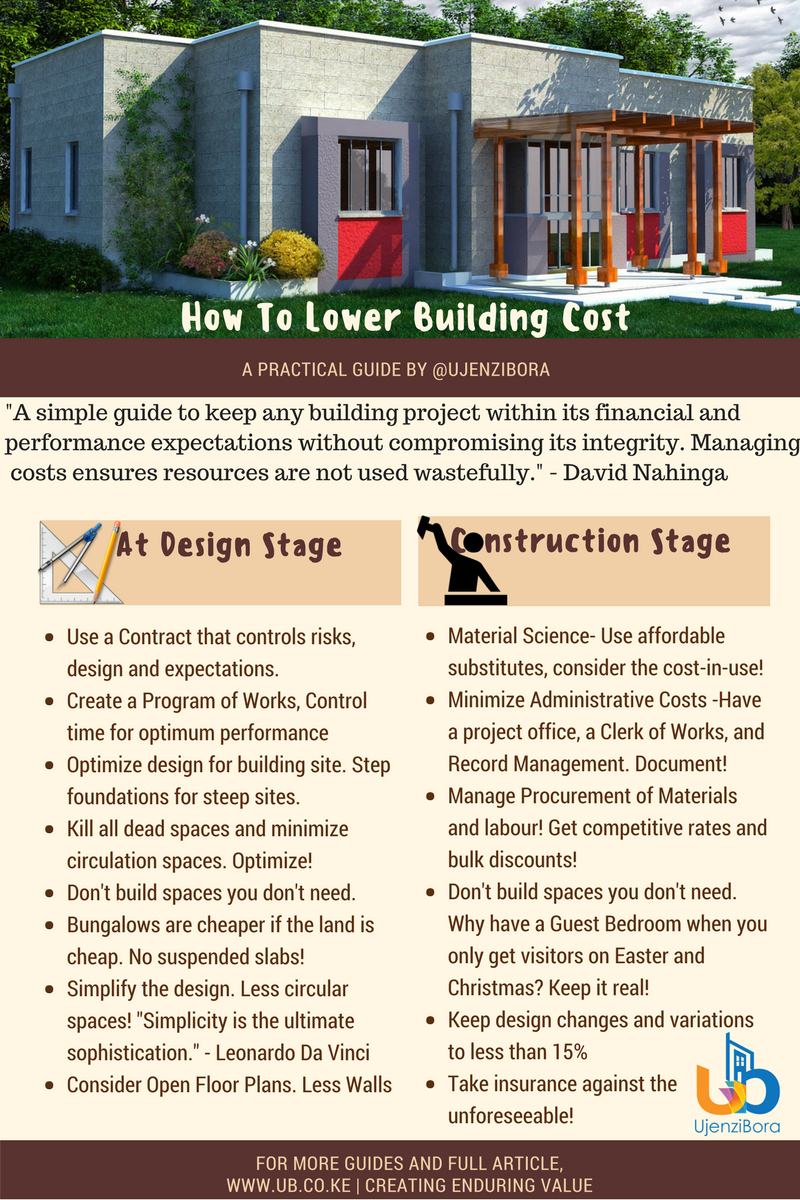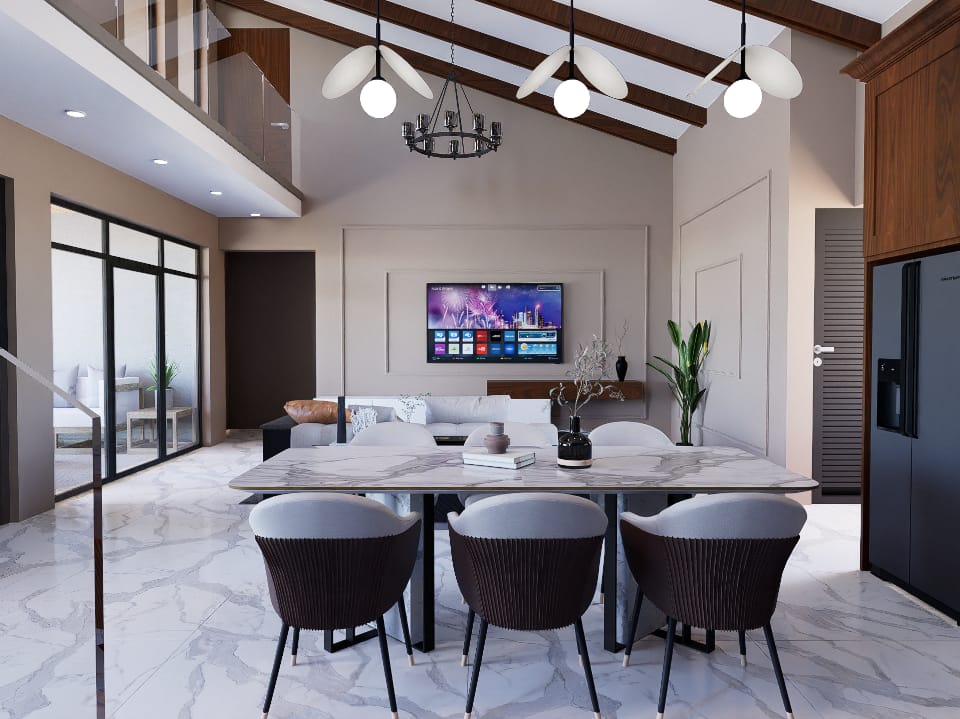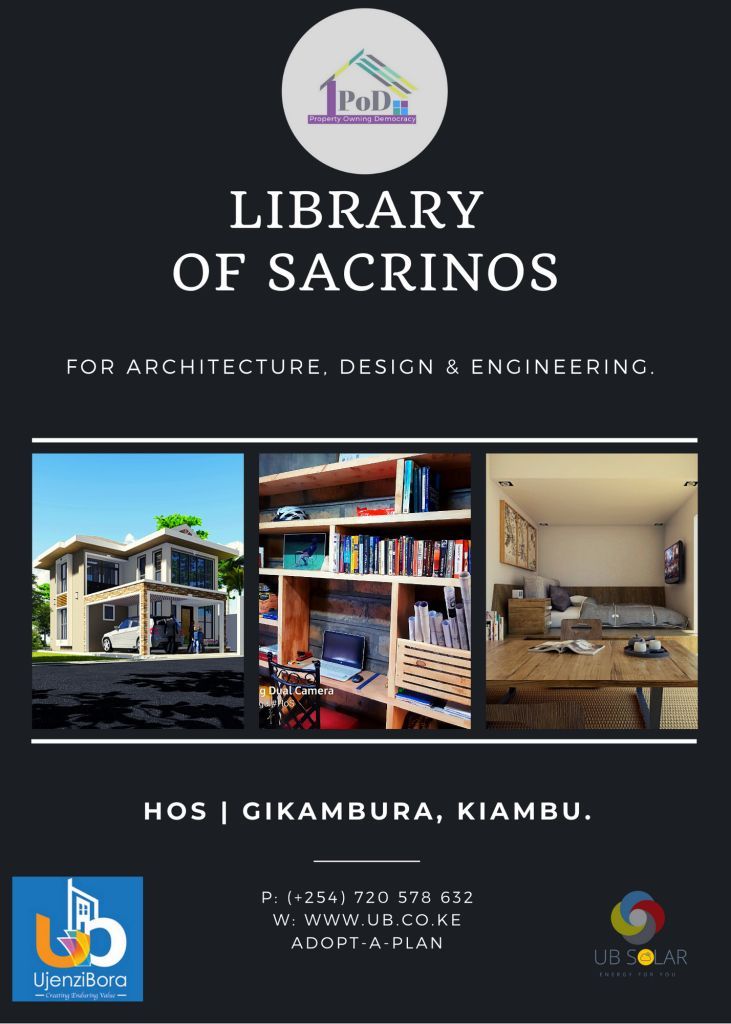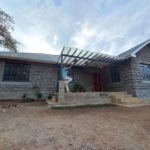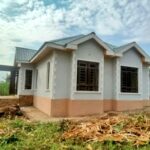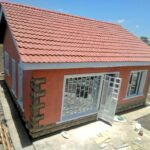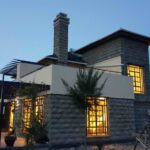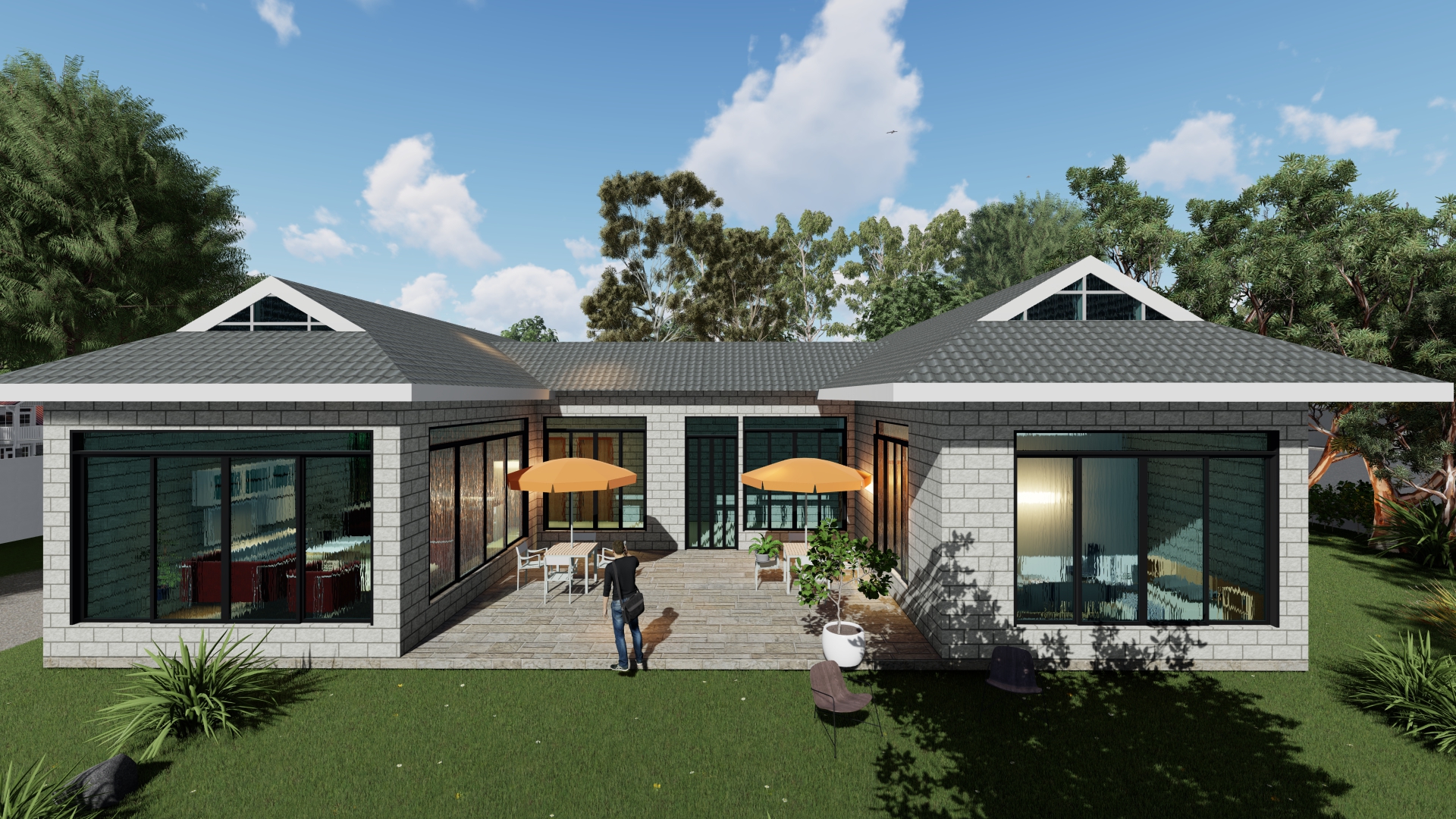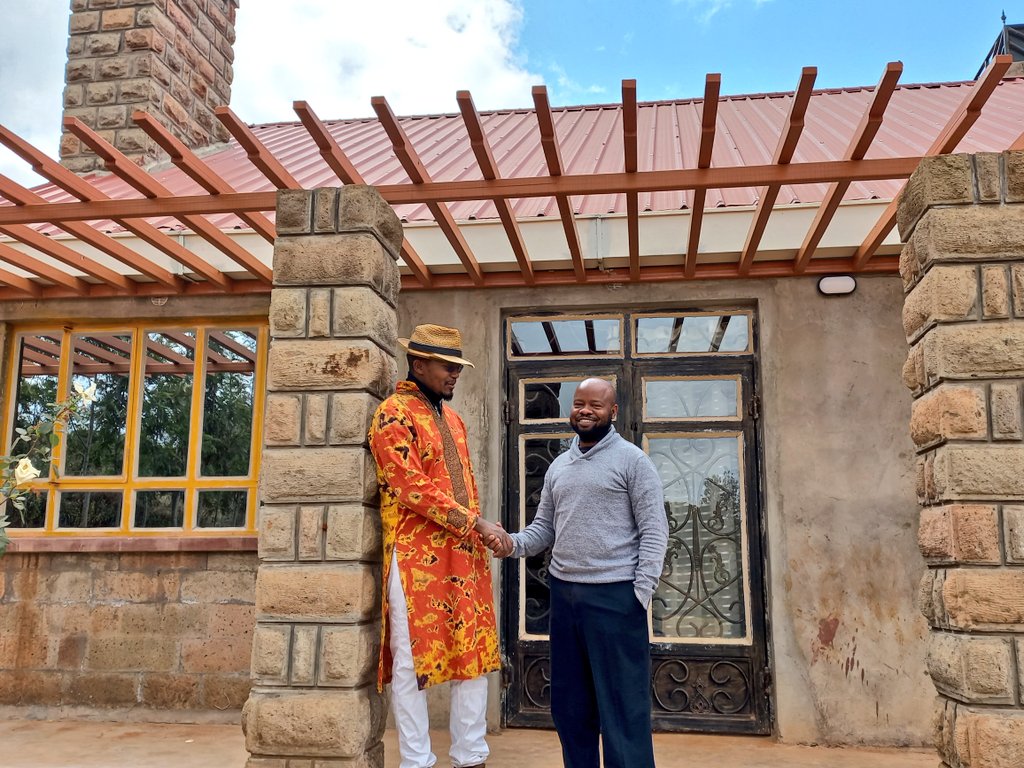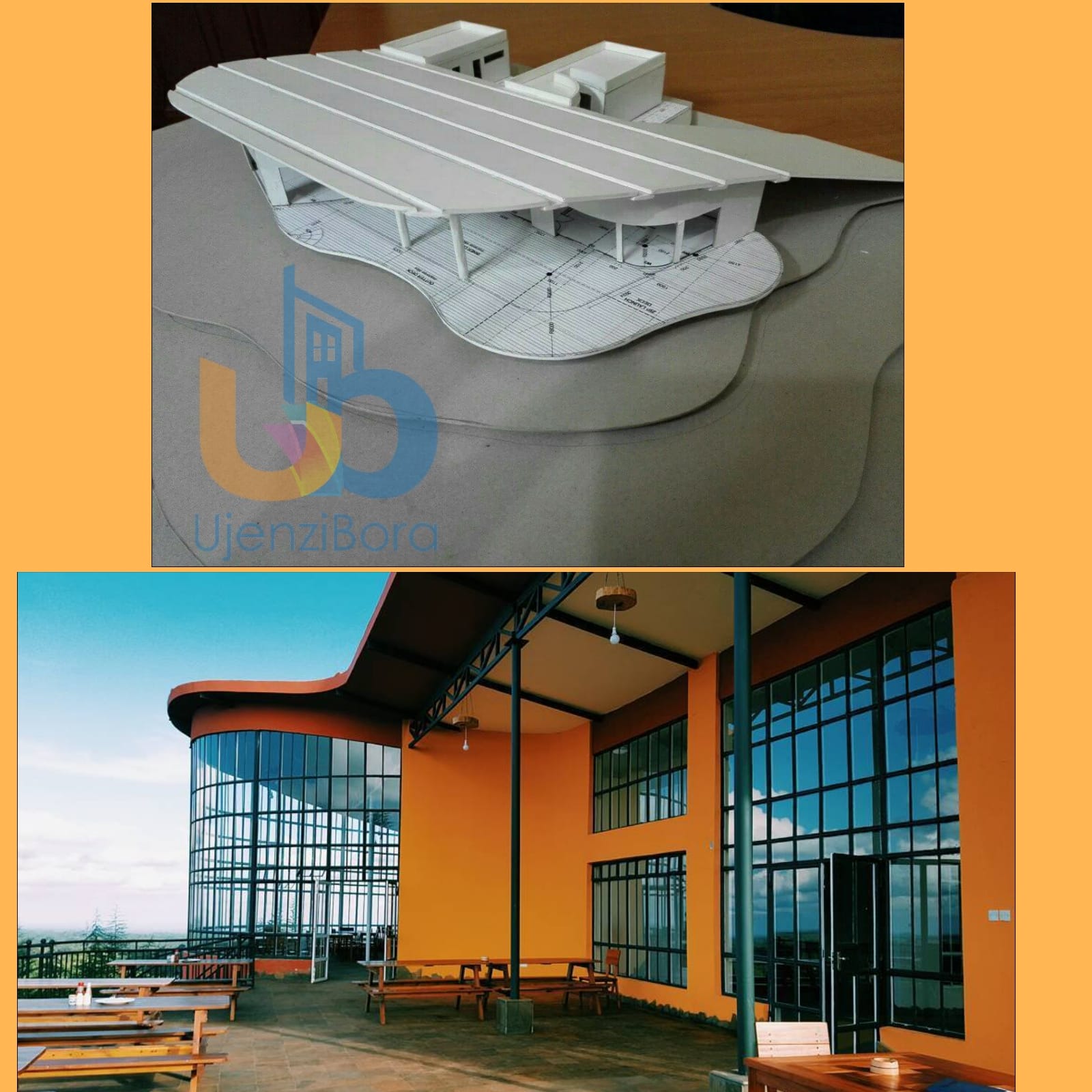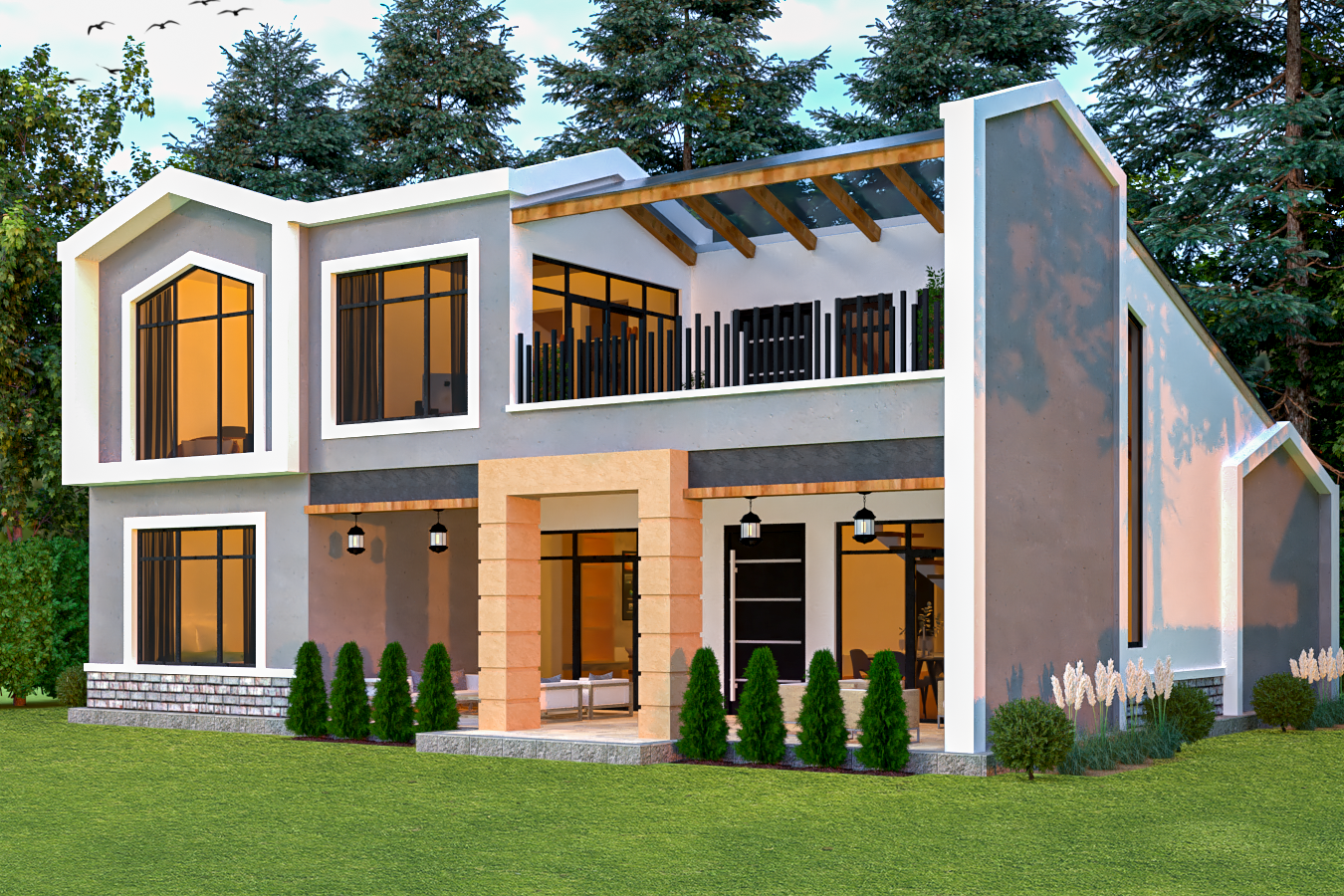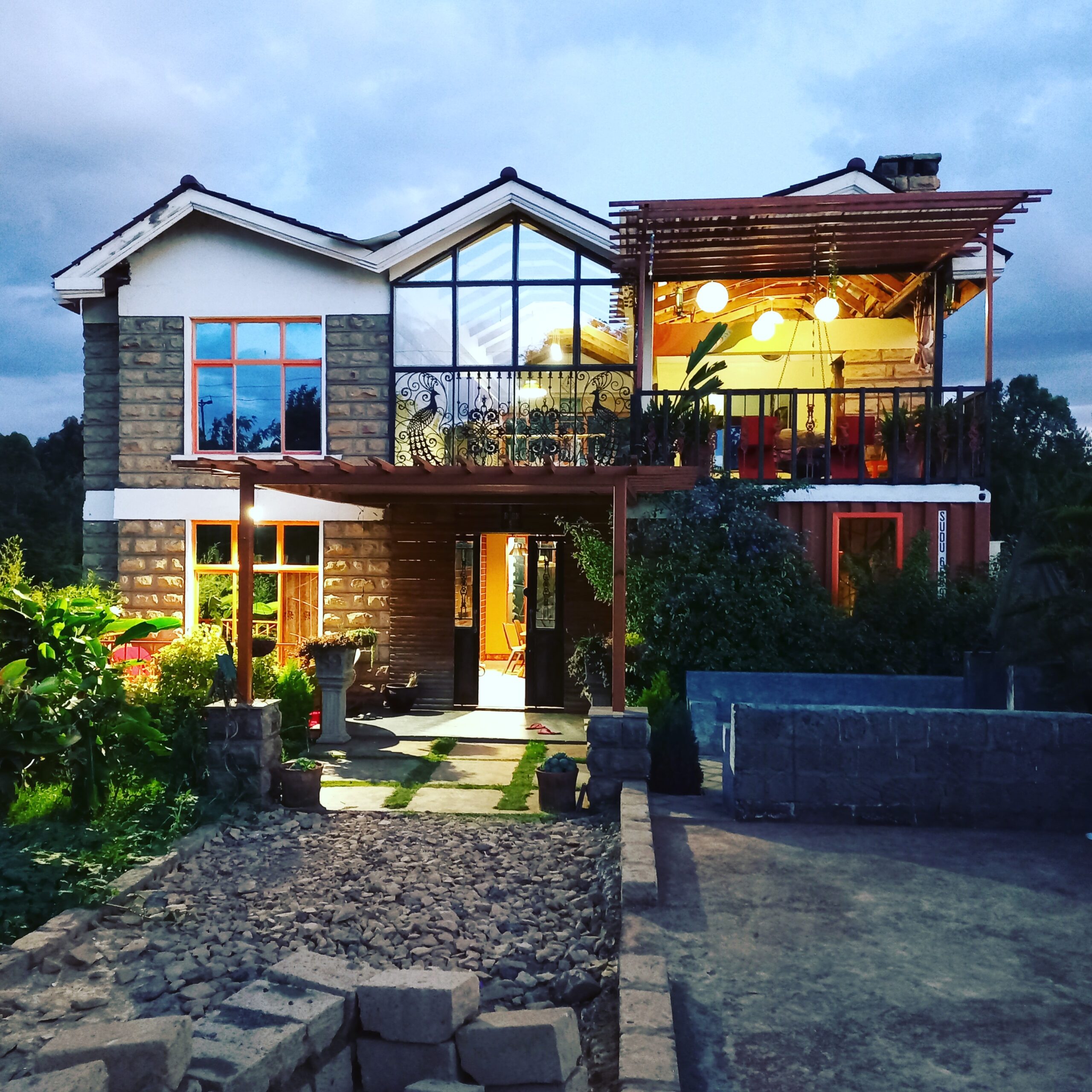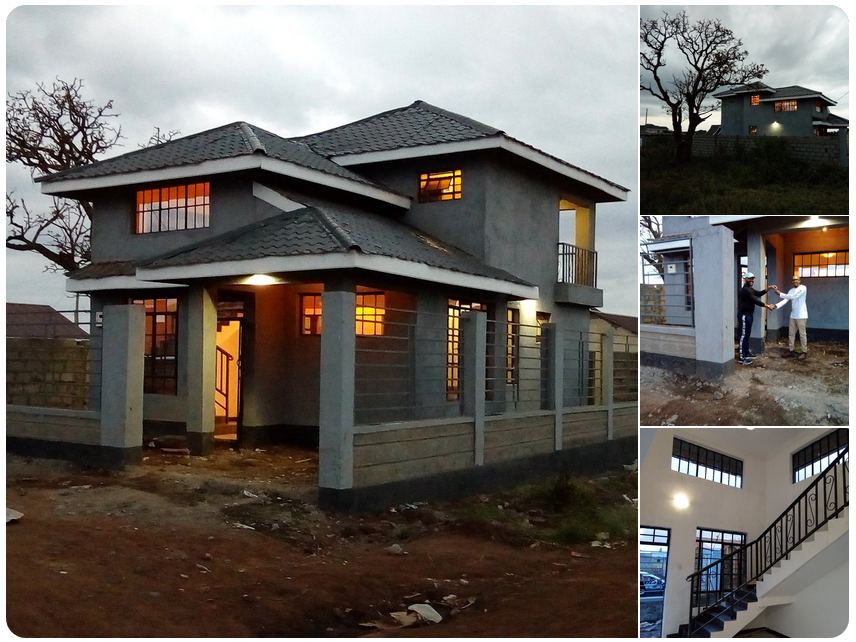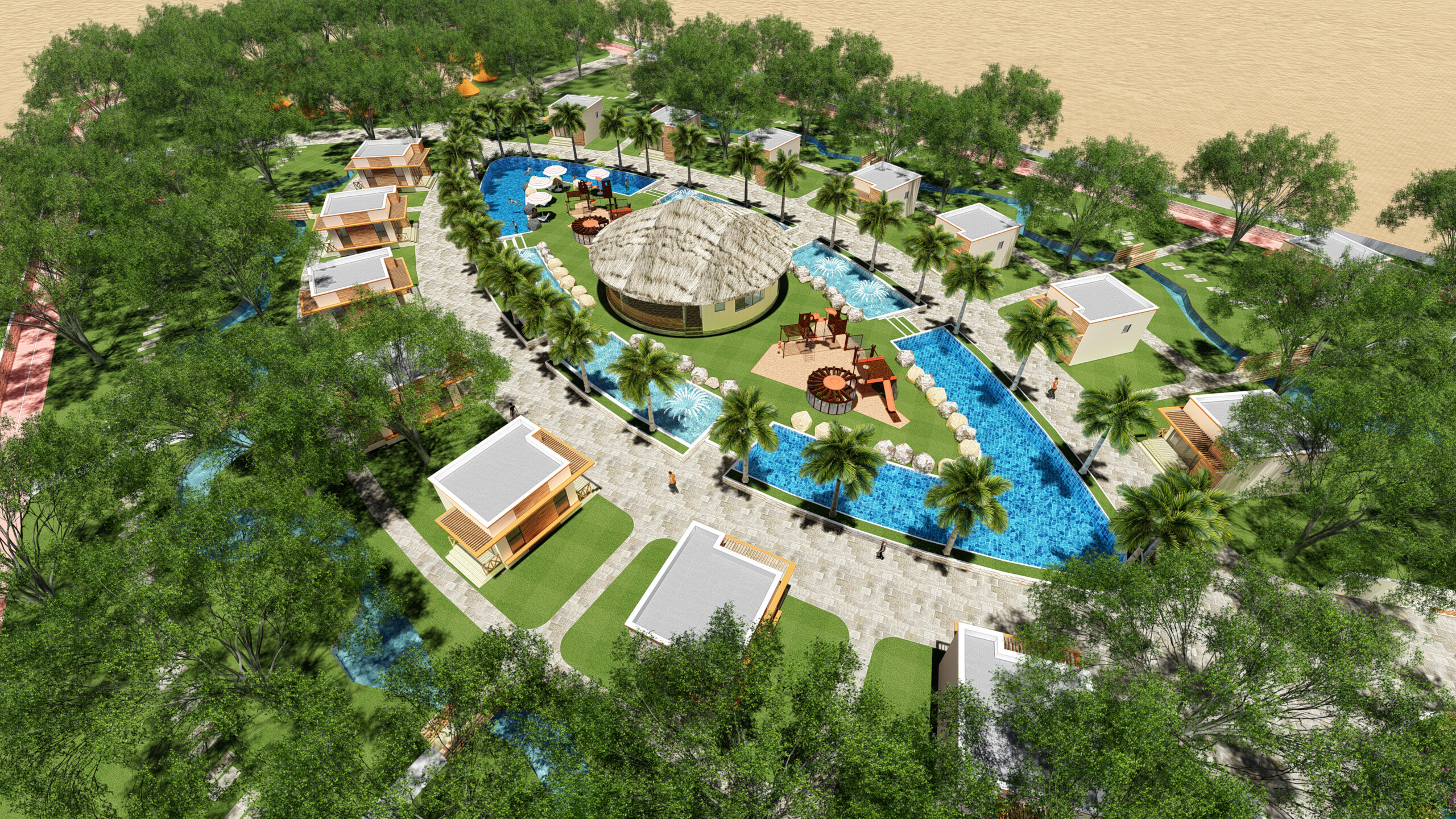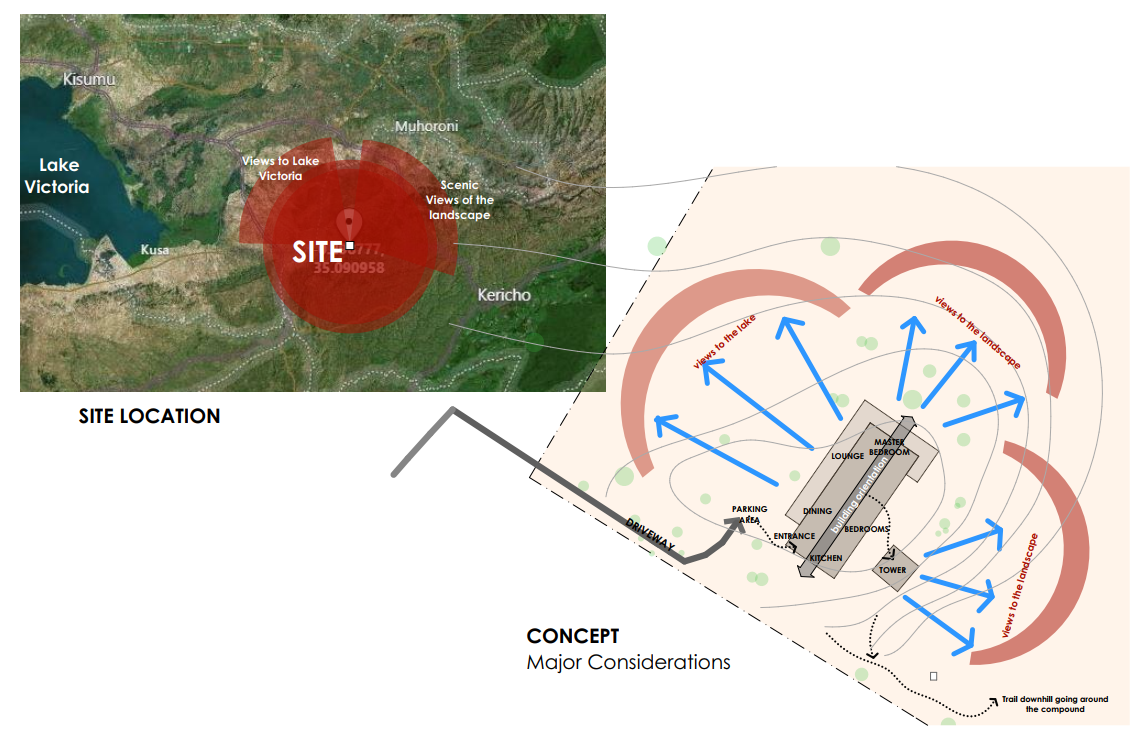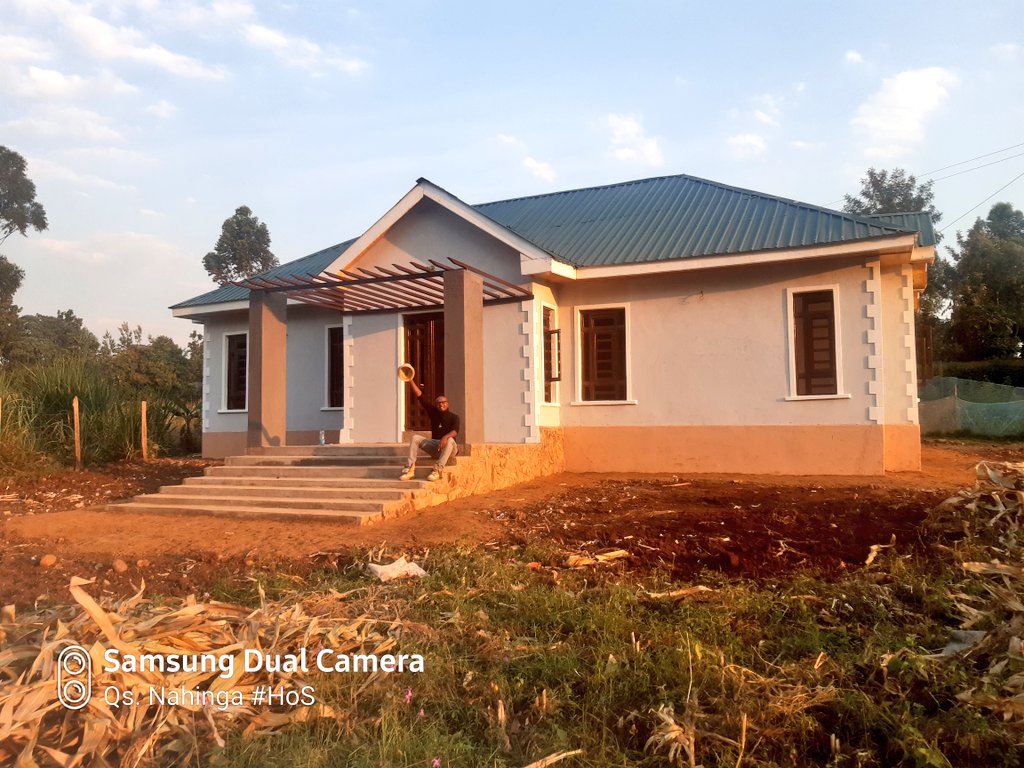What is Affordable Housing?
There is a maxim of law which states,
“The word is not the thing it represents but gets its meaning from its use“
Early this week, I made a request to a company selling “Affordable housing” and I did receive a quotation of Kshs. 66,000.00 per Square Metre! In other words, a simple 3 Bedroom House of 120 Square Metre in floor area would have cost me approximately Kshs. 7,920,000.00 according to my back-of-the-hand calculation using their rates. And believe you me, the Key Player calls that affordable!
In the same period, I was pricing a Bills of Quantities for a four storey house in Kisumu County and the cost came to about Kshs. 44,000,000.
Why this talking point?
There is vagueness that exists in perception of what is “Affordable Housing”. The vagueness creates room for manipulation and uncertainty both at the policy level and amongst the providers of housing solutions.
In this regard, we wish to clarify and propose a more straight way of looking at things.
Affordable Housing is an Expansive Word not Descriptive!
The word “affordable” is so expansive as to include Ministers affording Palaces, Celebrities affording luxurious real estate, Paupers and Peasants affording homes and the like. The Government built the Official Residence of the Vice-President at a cost of Kshs. 400,000,000.00 because it was an Affordable Presidential Housing. Of course, the tax payer could afford it! You see the absurdity of the word Affordable?
The danger is in including every other Tom, Dick and Harry as to permit expansion of the word affordable. The word is as expansive as words like Mammals, Dinner, Furniture and Persons (Which Lawyers say includes natural persons and legal persons). Dinner includes all categories of food that could be served and Affordable includes every human that can be housed each at his/her own cost.
It is a word that requires qualification. One must state whether the house is affordable to the Poor or affordable to the Middle Class or Affordable to those who can afford anything.
Ordinary Sense of the Word
In the ordinary sense, it means less expensive and reasonably priced. It comes from the word “afford” and “ability” which means “manage to buy or maintain; have enough money (to do something)”. We can therefore state that the word “Affordable Housing” includes all classes of people and the choice is left to the beholder on whether the price is fair or on whether they have capacity to buy and maintain.
Since society is divided into two distinct classes that are shifting and intermeddling, that is the poor and the rich. A descriptive word for a House Type benchmarked on Income or Financial Capacity cannot be left to be Expansive! We should say we have 3 or 4 types of broad categories of house types:
- Affordable Public Housing like the VP’s Home, Prisons and Kibera Slum Upgrading Units which our taxes can “Afford”
- Low-Cost Housing
- Middle-Income Housing and
- Luxury Housing
The houses our fathers and mothers lived in as Maasai Domes, Rammed Earth and Makuti thatched houses were Affordable Houses! Half the population does not know what the Building Industry means when we say we provide “Affordable Housing”. We live in a world where strings of Propaganda and Advertising create endless illusions.
I think the time for blanketing every other structure as an “affordable” housing is up. Where are the real Architect-Citizens who can offer real solutions?
However, I must admit this is a thorny issue. We have among us the rich who pose as the poor (Kings on barefoot) and the Poor who pose as the Rich (Footmen on Chariots). Between the two classes, an endless debate and struggle!
Whatever the case, something needs to be done to address the issue of current high market prices and few choices for home buyers.
What are your thoughts?
– Qs. Nahinga


